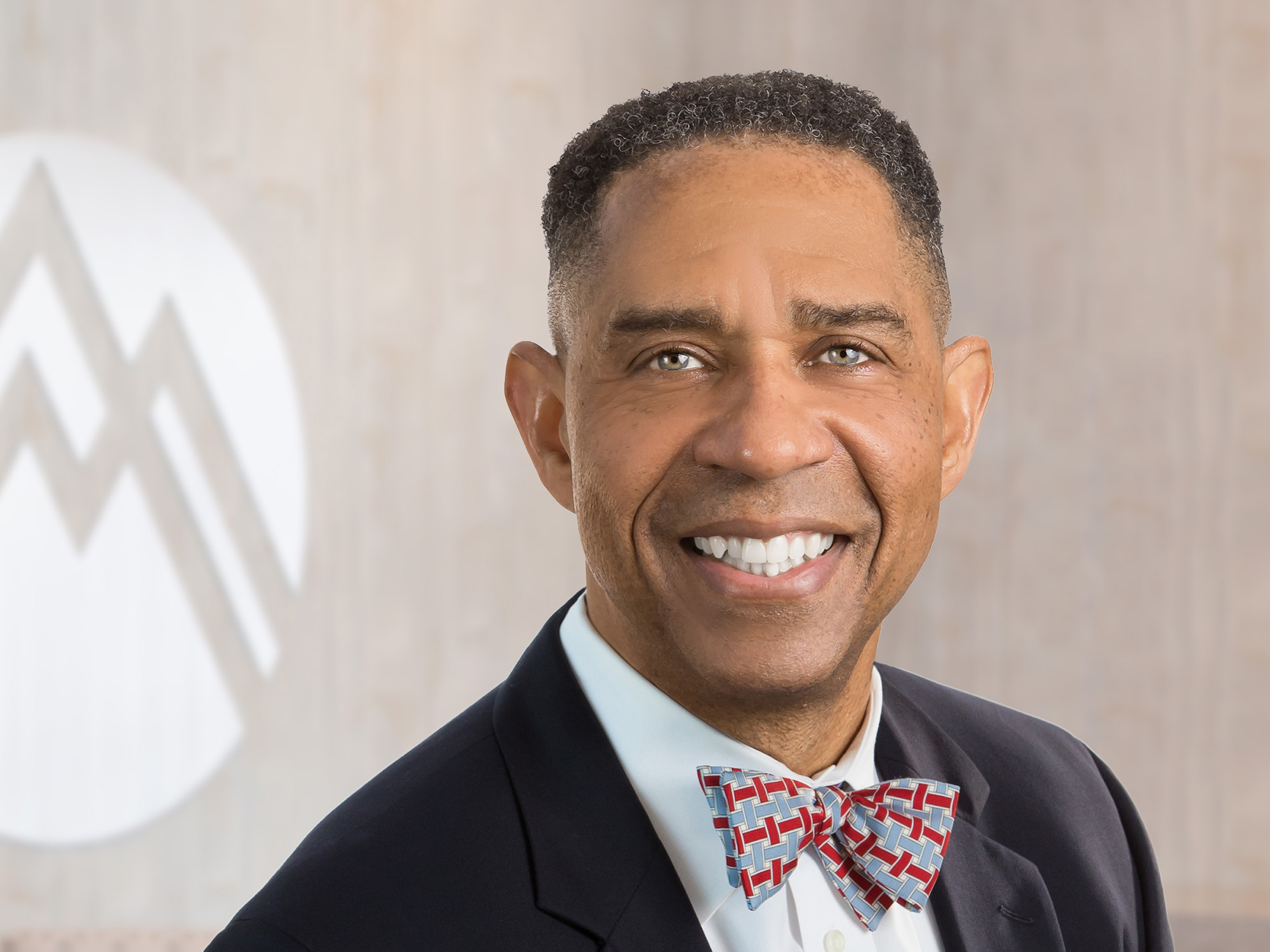Dr. Spight explains why spine swelling is rarer than most people think.
If you have experienced back pain, you aren’t alone. The National Institute of Neurological Disorders and Stroke reports that 80 percent of adults will be afflicted with back pain at least once. Among these back pain sufferers, 95 percent identify their lower back as the source of the pain. Many cite spine swelling among their symptoms.
Physical medicine and rehabilitation physician Dr. David Spight sub-specializes in spine pain. He explains the causes of spine swelling and the steps he takes to evaluate lower back pain. “The first step in addressing spine swelling is to explain the difference between actual swelling of the spine and perceived swelling,” says Dr. Spight. “Often, patients with lower back pain reach back to touch the place that hurts and feel the prominence of the hip bones, which we refer to as the iliac crest. They mistake the bone for swelling.”
The causes of spine swelling
“It’s very rare to have actual swelling in your spine,” states Dr. Spight. “Even when the spine is swollen, it is hard to see or feel. The structure of the spine is covered by muscle, fat, and skin. You can identify spine swelling on an MRI, but it’s very difficult to actually feel it.”
Dr. Spight explains that there are three conditions that cause spine swelling.
- A spine infection that is coming up to the superficial layers of the back is probably the primary cause for swelling. “Even if there is an infectious process along the spine, it would be difficult to see or feel because these infections are deep in the bones of the spine,” notes Dr. Spight. “You may see slight tinting or superficial bruising on the skin surface. And those symptoms may not involve the spine at all, just the skin, muscle, and fat around the spine. I see spine infections in my practice once a year at most. Patients with infections have severe pain, and the diagnosis is confirmed with an MRI, CT scan, and laboratory studies.
- “A fatty tumor, or lipoma, underneath the skin could also cause swelling over the spine,” says Dr. Spight. “A lipoma can be found anywhere along the spine in the cervical, thoracic or lumbar region.”
- Postoperative swelling or swelling caused by laceration. “Interventional surgery is not part of my practice, but swelling may also occur following surgery,” says Dr. Spight. “When you cut through the skin, muscle, and fat, you’re going to have some swelling. Most of it will be underneath the surface, but swelling may be visible along the incision line.”
The perception of spine swelling
“When people come in with lower back pain and report swelling, I ask them to show me where it feels swollen,” says Dr. Spight. “Inevitably, they point to the posterior superior iliac spine, where our hip bones meet the spine at the waist. We all have that bony prominence at our lower back between the fourth and fifth lumbar. But unless you hurt, you don’t typically touch that part of your back. It’s easy to mistake those bones for swelling.”
Evaluation of perceived spine swelling
In most cases, Dr. Spight explains that lower back pain will resolve on its own within six to eight weeks without medical intervention. “If you are experiencing pain when you bend or lift, or if you are experiencing a strain with mild low-grade pain, you can take a wait-and-see approach,” he says. However, there are certain symptoms that should be medically evaluated immediately.
- Debilitating pain. If you can’t function or have difficulty performing your daily activities, don’t delay; make an appointment to be evaluated.
- Pain or tingling in a limb. If you experience associated leg or arm pain, limb numbness or tingling, or weakness in a limb, see a spine specialist right away.
- Urinary or fecal incontinence. Back pain accompanied by an inability to control bowels or bladder signals a serious issue that could require immediate treatment.
Treatment for back pain
“Treatment for lower back pain depends on the cause and source of the pain,” says Dr. Spight. “We can use imaging to see what we need to see. However, just because degenerative issues appear on a scan does not mean that those issues are causing the pain.
Our spines start to age in our late twenties or early thirties. Seeing what we call nonspecific age expectancy degenerative changes on a scan does not provide a diagnosis. I have to talk to my patients and examine them. My working diagnosis is the result of the medical interview, the physical examination, and the imaging. Assuming that we don’t see anything alarming on imaging, I begin treatment to help you feel better in the least invasive way, with physical therapy and activity modification. If your symptoms do not respond or worsen, then we can try injection procedures to identify the painful spine structure. The purpose of injections can be diagnostic, diagnostic and therapeutic, or sometimes strictly therapeutic.”
Summit Orthopedics offers comprehensive spine expertise
Our back specialists diagnose spine problems and design custom treatment plans built on a conservative, nonsurgical approach. Most patients find relief through treatments including guided injections, specialized physical therapy, biofeedback, exercise, activity modification, and medication. When conservative care does not relieve symptoms, our highly skilled surgeons offer proven, evidence-based surgical options. Together with you, we will determine the right course of action.
Start your journey to a healthy spine. Find your spine expert, request an appointment online, or call us at (651) 968–5201 to schedule a spine consultation.
Summit has convenient locations across the Minneapolis-St. Paul metro area, serving Minnesota and western Wisconsin. We have state-of-the-art centers for comprehensive orthopedic care in Eagan, MN, Plymouth, MN, Vadnais Heights, MN, and Woodbury, MN, as well as additional community clinics throughout the metro and southern Minnesota.
More resources for you
- Watch the video: Introducing Dr. Spight
- Review back pain facts by the National Institute of Neurological Disorders and Stroke

